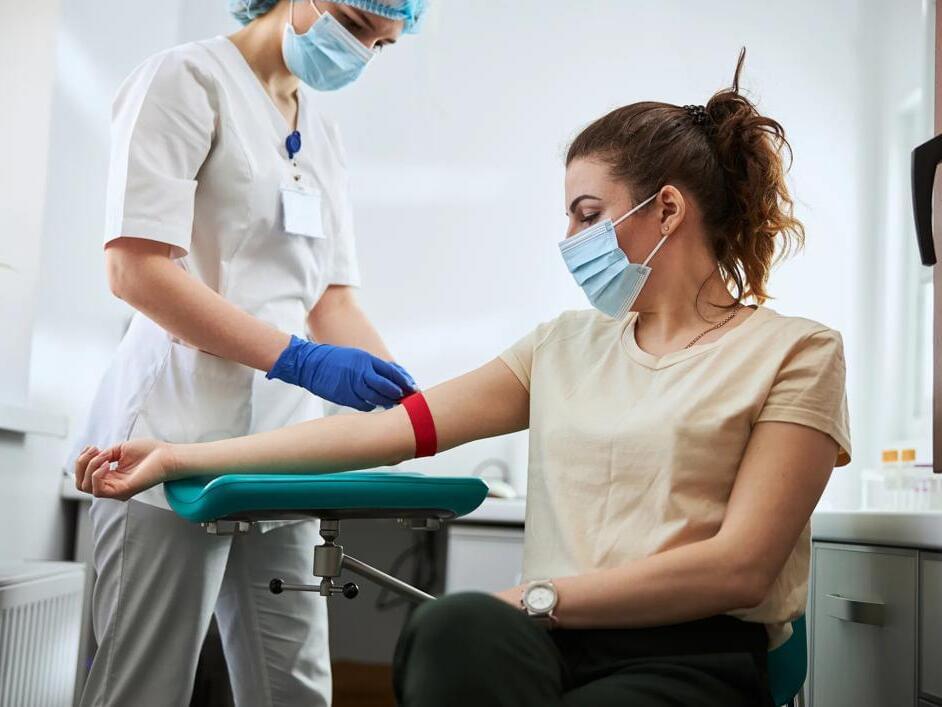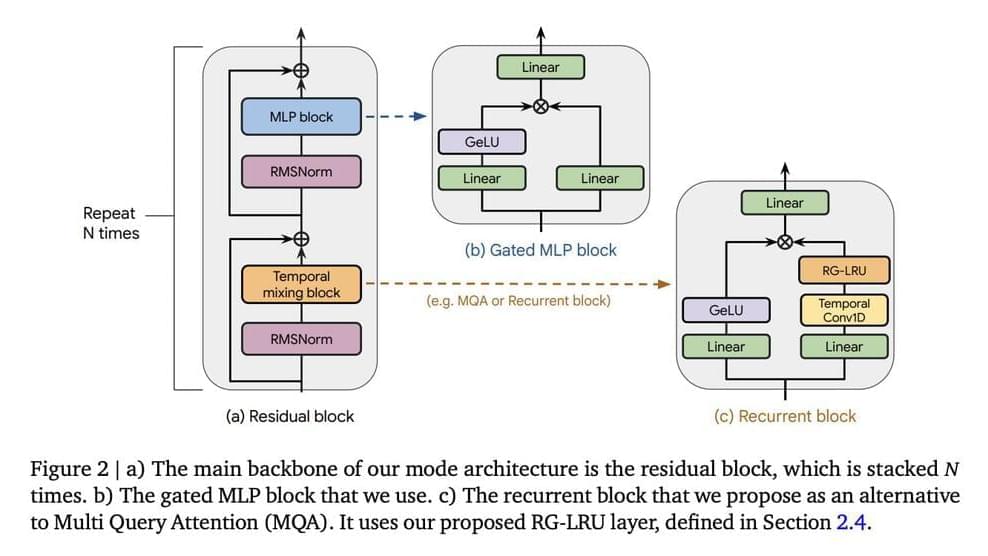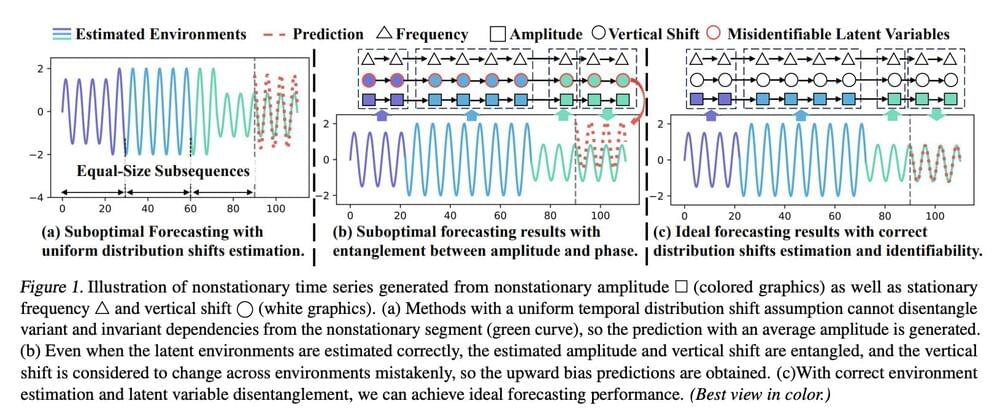The James Webb Space Telescope (JWST) is helping scientists uncover how planets form by advancing understanding of their birthplaces and the circumstellar disks surrounding young stars.
In a paper published in The Astronomical Journal, a team of scientists, led by Naman Bajaj of the University of Arizona and including Dr. Uma Gorti at the SETI Institute, images for the first time winds from an old planet-forming disk (still very young relative to the sun) which is actively dispersing its gas content. The disk has been imaged before, but winds from old disks haven’t. Our knowing when the gas disperses is important, as it constrains the time left for nascent planets to consume the gas from their surroundings.
At the heart of this discovery is the observation of TCha, a young star (relative to the sun) enveloped by an eroding disk notable for its vast dust gap, approximately 30 astronomical units in radius. For the first time, astronomers have imaged the dispersing gas (aka winds) using the four lines of the noble gases neon (Ne) and argon (Ar), one of which is the first detection in a planet-forming disk. The images of [Ne II] show that the wind is coming from an extended region of the disk.








